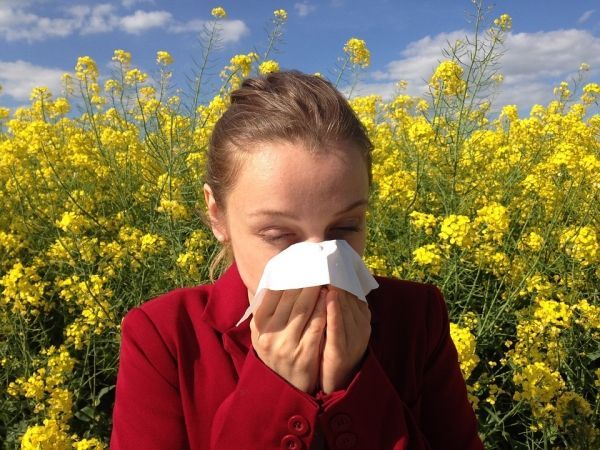Blooming spring flowers signal the beginning of spring, but for millions of people, they also signal the onset of the misery: allergy and asthma season. Itchy, watery eyes; sneezing, runny nose; cough and wheezing are triggered by an overreaction of the body to pollen.
Every spring, trees and grasses release billions of buoyant pollen granules into the air, using the wind to disburse across the countryside in an effort to reproduce. It’s all about survival; plants that release more pollen have the survival advantage.
As an adult and pediatric allergist-immunologist in the Midwest, the onset of spring signals my busy season treating hundreds of patients for their seasonal allergy and asthma symptoms. If you suffer through the season, know that you are not alone. Throughout history, pollen has taken the fun out of spring for many. In modern times, however, medical science has identified practices and treatments that help.
Older than the dinosaurs, as wide as the world
Fossilized specimens of pollen granules have been found predating dinosaurs and alongside Neanderthals.
Read more at Ohio State University
Photo Credit: cenczi via Pixabay


